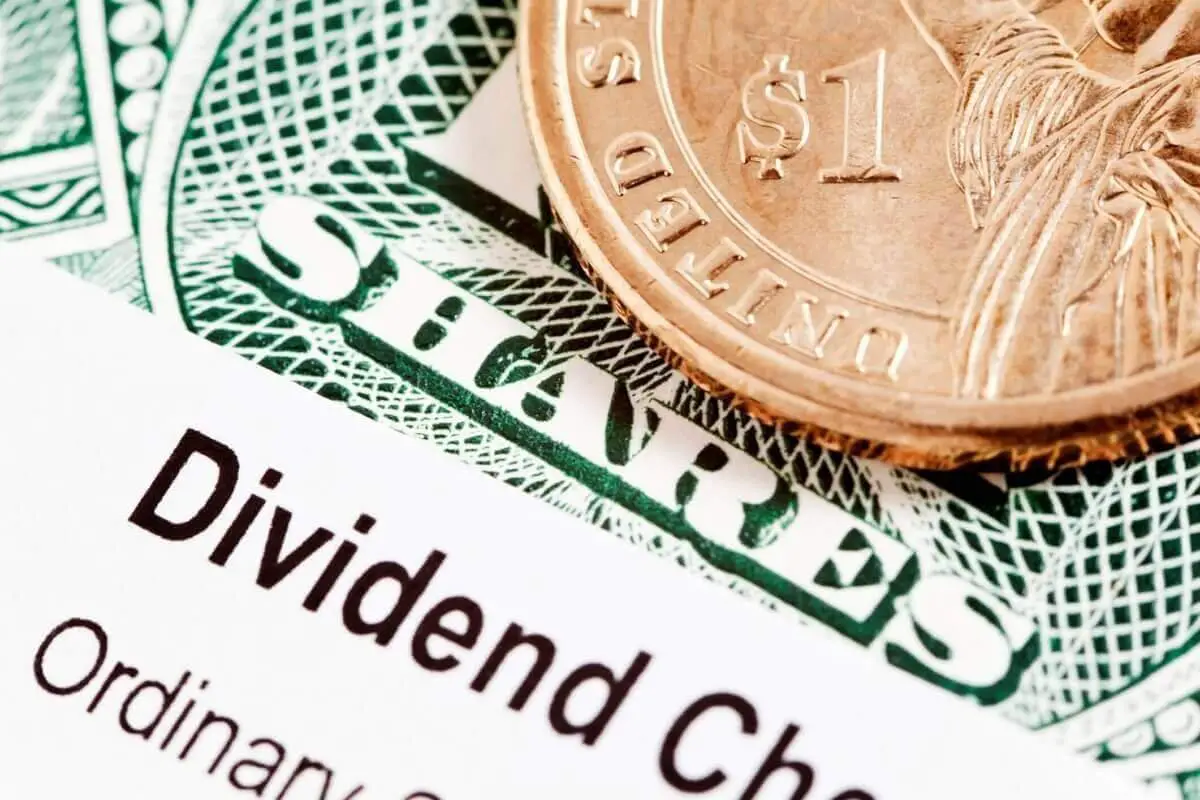Staff Reporter
Are you on the hunt for substantial dividend income in unexpected places? Look no further than these three companies within the Nasdaq-100, which offer impressive yields, albeit with varying levels of risk and reward.
While the Nasdaq-100 index is often associated with high-growth tech stocks, it may not be the first place you think of for high-yield dividend opportunities. Notably, this index avoids financial companies, which typically contribute to income-generating portfolios.
However, 58 out of the 101 Nasdaq-100 stocks currently provide dividends, and some of these yields are particularly generous. Let’s take a closer look at the top three dividend yields as of Good Friday, 2025. Are these solid investments or struggling companies facing financial challenges?
No. 3: Paccar – 4.4% Yield
Kicking things off with an industrial twist, Paccar (PCAR) manufactures heavy-duty trucks under the Peterbilt, DAF, and Kenworth brands. This company has embraced innovation in a traditional sector, focusing on advancements like self-driving vehicles and engine efficiency. It’s a bit surprising to see such an established name within the tech-heavy Nasdaq-100.
Paccar makes a strong case for high-yield dividends. The company generates substantial free cash flow, which it uses to share wealth with shareholders. While Paccar initially emphasized stock buybacks, it has shifted to a more generous dividend growth strategy in recent years.
With a 4.4% yield closely aligned with its long-term averages, this payout is well-supported by free cash flow, making Paccar a solid income investment.
No. 2: Microchip Technology – 4.7% Yield
Can Microchip Technology (MCHP) measure up? Unfortunately, its high yield is largely a result of declining share prices rather than robust dividend increases. Last year, Microchip slowed its annual payout growth to a mere 0.2%, and its dwindling cash flows struggled to cover even that minimal increase.
The Arizona-based manufacturer of analog chips and microcontrollers is currently undergoing a turnaround. In early March, management held a special strategy call to discuss the company’s recovery from recent inflation-related challenges. Following a period of overstocking by clients in 2022, order flows have stalled in recent quarters.
Currently, the stock is trading 62% below its 52-week highs as investors brace for a slowdown in profits. However, the company may benefit from ongoing trade tensions, having shifted much of its manufacturing out of China.
While Microchip offers a tempting yield, it comes with risks. This isn’t the stable income option that Paccar represents; instead, it’s a chance to invest in a potentially recovering business.

No. 1: Kraft Heinz – 5.4% Yield
At the top of our list is a well-known name: Kraft Heinz (KHC), boasting a substantial 5.4% yield. If you’re seeking stability in dividends, Kraft Heinz might be your best bet.
Since spring 2020, the company has maintained its quarterly payout at $0.40 per share, showing resilience despite economic challenges. While cash flows dipped during the 2022 inflation crisis, Kraft Heinz had ample cash reserves to consider a revised dividend strategy. Instead, it opted for a stock buyback program, reflecting confidence in its future.
With the stock currently trading at a 24% discount from its yearly peak, the dividend yield is reaching multi-year highs. While not as consistently growing as Paccar’s dividends, Kraft Heinz offers a more stable alternative compared to the risky turnaround faced by Microchip.
In summary, these three Nasdaq-100 stocks present diverse options for dividend investors, each with its own set of risks and rewards.
The Services and the Content are provided to you solely for your general informational purposes, and should not be considered as legal, tax, accounting, financial or investment advice. You are solely responsible for determining whether any investment is suitable for you, considering your investment objectives, risk tolerance and personal financial situation. It is also your responsibility to evaluate the merits and risks of using the information provided on this site before making any decisions.

